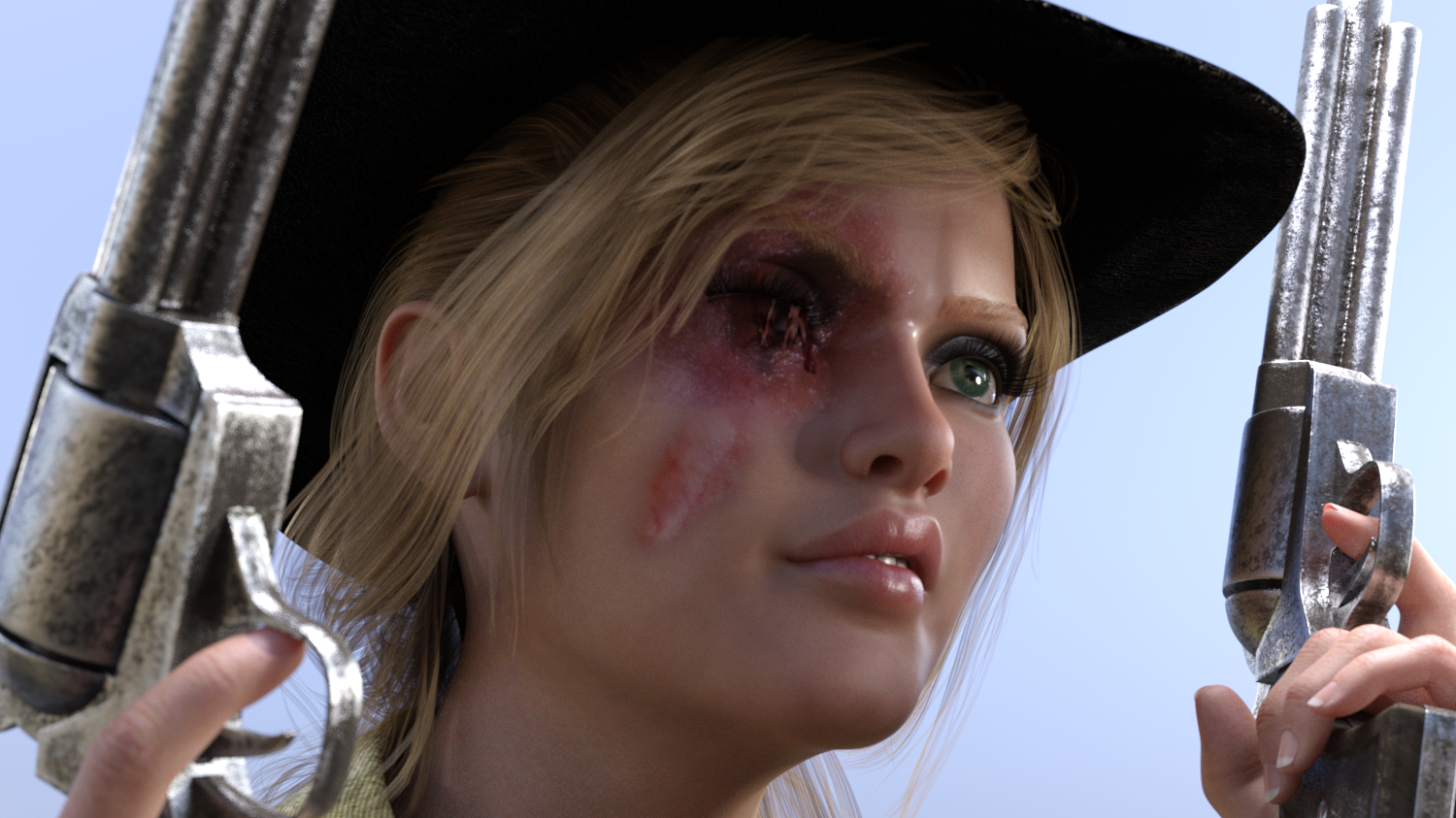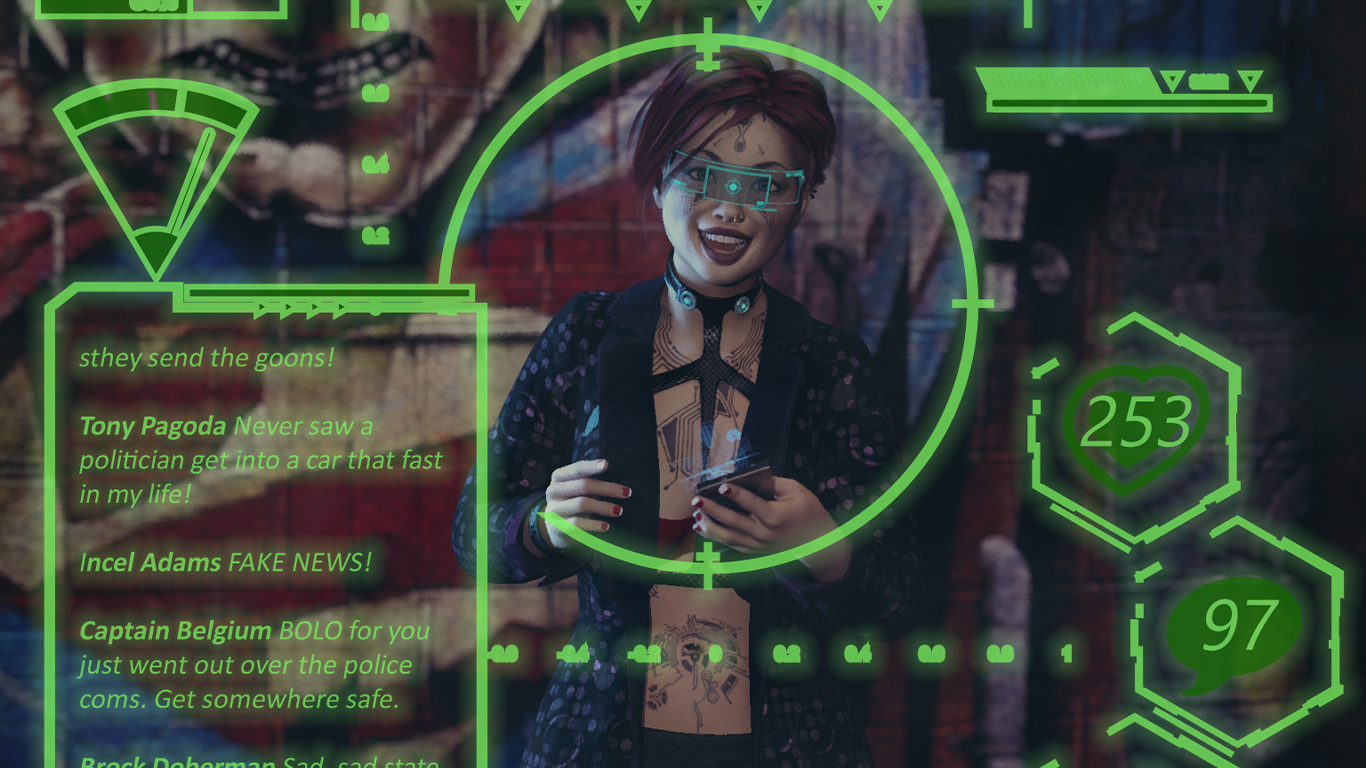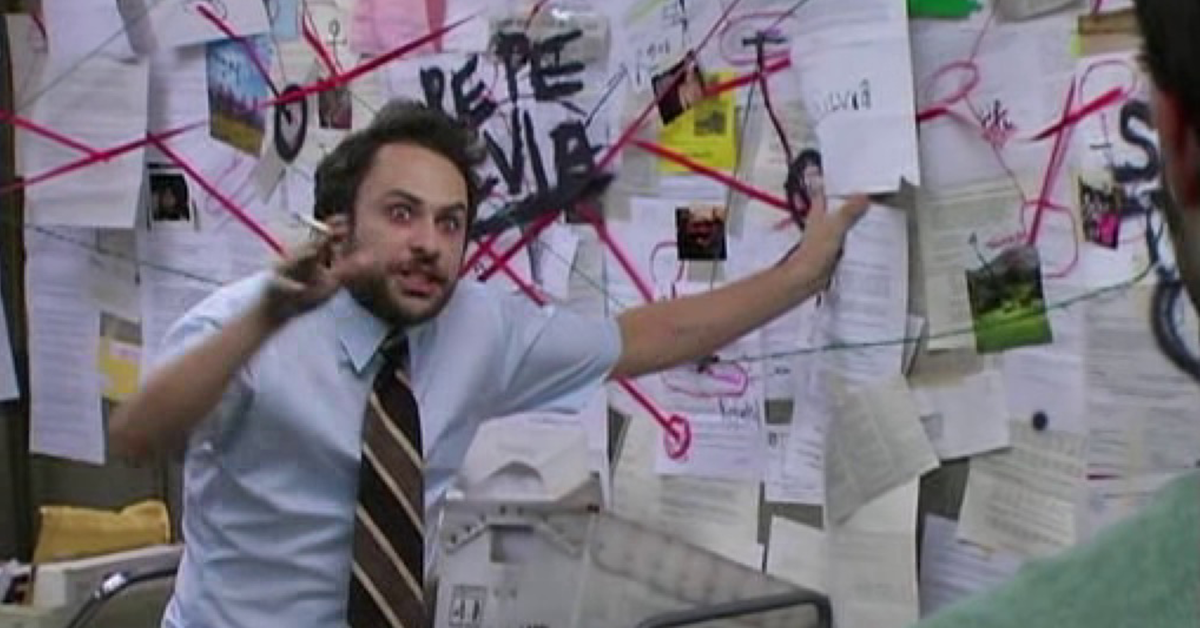We may earn money or products from the companies mentioned in this post.
We’re about halfway through the playtest period for Cinemechanix (but still accepting playtesters, if you want to join us), so now that I’ve gotten some feedback I’m working on the 3rd revision of the rules. I’m doing more re-writing than I thought I would be at this point, but fortunately most of it’s easy stuff: minor rules tweaks, reorganizing or clarifying, adding examples, that kind of thing. Based on the feedback, most things seem to work.
The one thing that’s going to need major re-working is damage. That’s in part my fault because I have a really bad habit of mostly ignoring damage when I run games. In most games I’m not going to let a character die because of a shitty dice roll even if the damage rules say it happens and most damage systems don’t really add anything to the story, so I usually give the players some superficial damage here and there and let them do what they want with it. Part of the trouble with damage is that I’ve never found a damage system I’ve liked. Abstract hit point systems are basically meaningless until you run out of points (and sometimes not even then) and wound track systems require a bunch of fiddly tracking and keeping up with extra rules and penalties that range from almost meaninglessly negligible to so debilitating the character is useless. So of course I tried to combine the two so I could have the worst of both worlds.
We’ve been throwing ideas for how to fix the damage rules around on the playtest group for a couple of days now and while I think we’re moving in the right direction, a good solution hasn’t completely gelled yet. It has made me think about what I want the damage system to do. For me it’s mostly about pacing and storytelling, and what it needs to do kind of depends on who the characters are fighting. PCs should be able to wade through mooks with barely a scratch and bounce back quickly from fights with low-level cannon fodder, but when they fight henchmen with names/level bosses or wade thorough armies of cannon fodder, they should get hurt, possibly badly enough that retreating and regrouping is a wise choice. When characters fight Big Bads, there should be a real possibility of death and at least a chance that characters will walk away from the fight with permanent, disfiguring reminders of the battle.
On a related note, I think I also need to add a GM section about ending fight scenes without massacres. In fiction, characters rarely just keep fighting until everyone on the other side is dead. Either the bad guys run away or the heroes have more important things to do and only fight for as long as the bad guys are in the way. Since bad guys running away is the most common fight-ender, a good section of GM guidelines about making sure that NPCs’ self-preservation instincts kick in should go a long way, but there also need to be some ideas for giving the PCs reasons to keep moving instead of stopping to fight every enemy they see as well as tips on giving the PCs clear openings that allow them to leave the fight without killing everything in the room. I don’t think there’s any rules content here, except maybe giving players Acclaim for remembering that (usually) eradicating everyone working for the bad guy isn’t the goal. I’m hoping that figuring out the damage system will help a little by causing the PCs to reach a point where continuing to fight minions when they don’t have to puts them at a steeper disadvantage against the real bad guy. The trick is coming up with a way to do that without a bunch of complicated or hard-to-remember rules.





